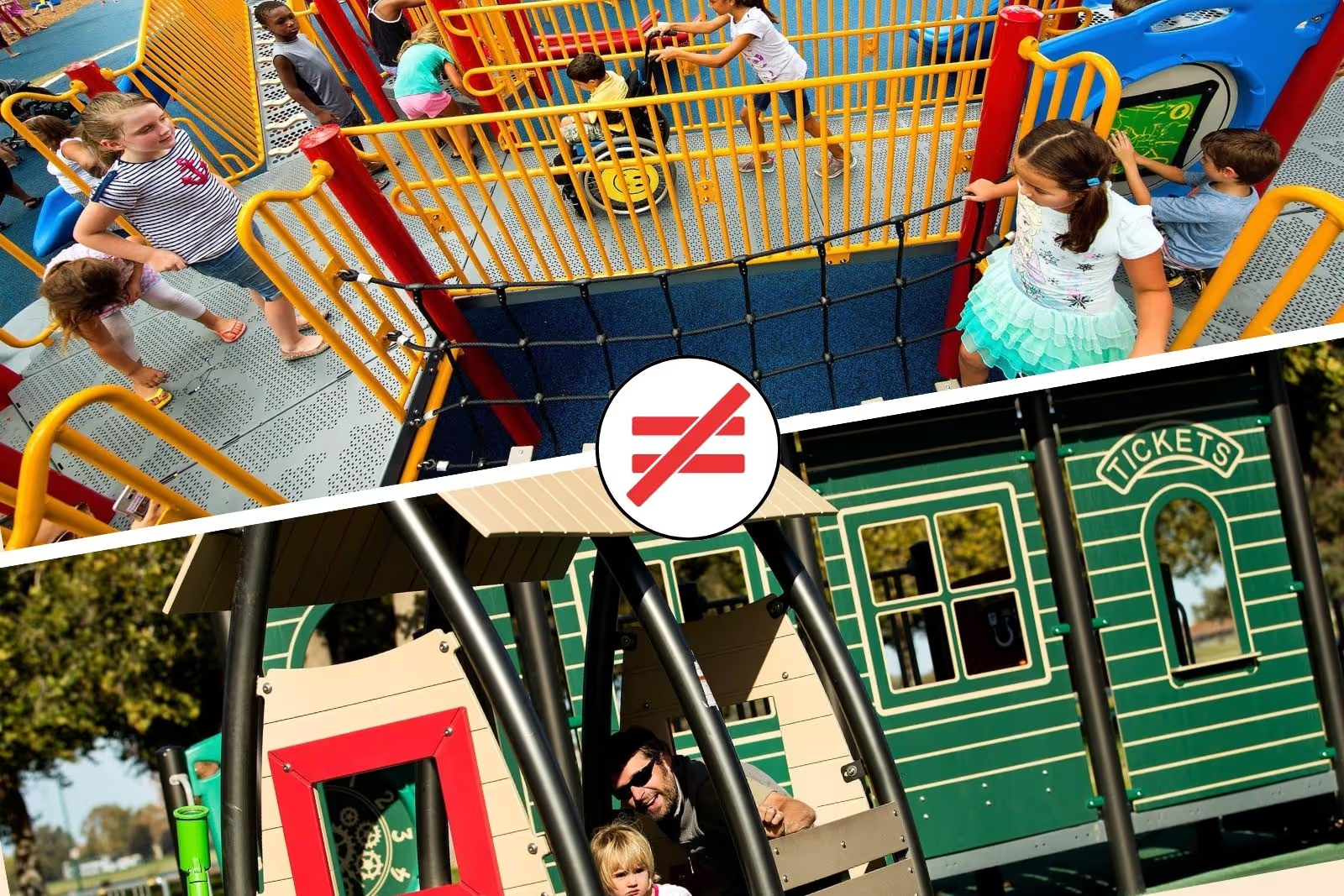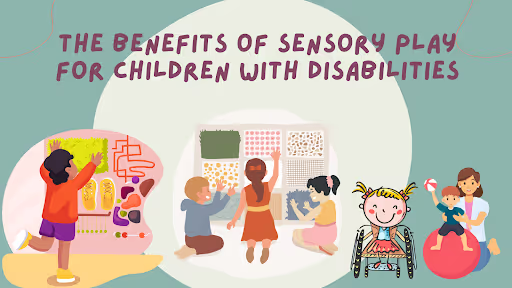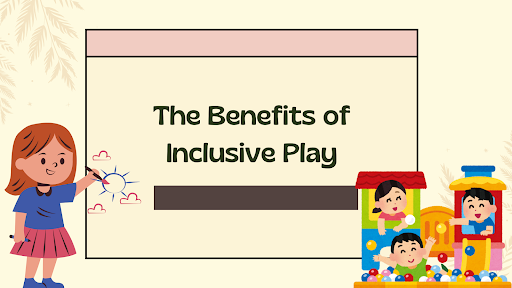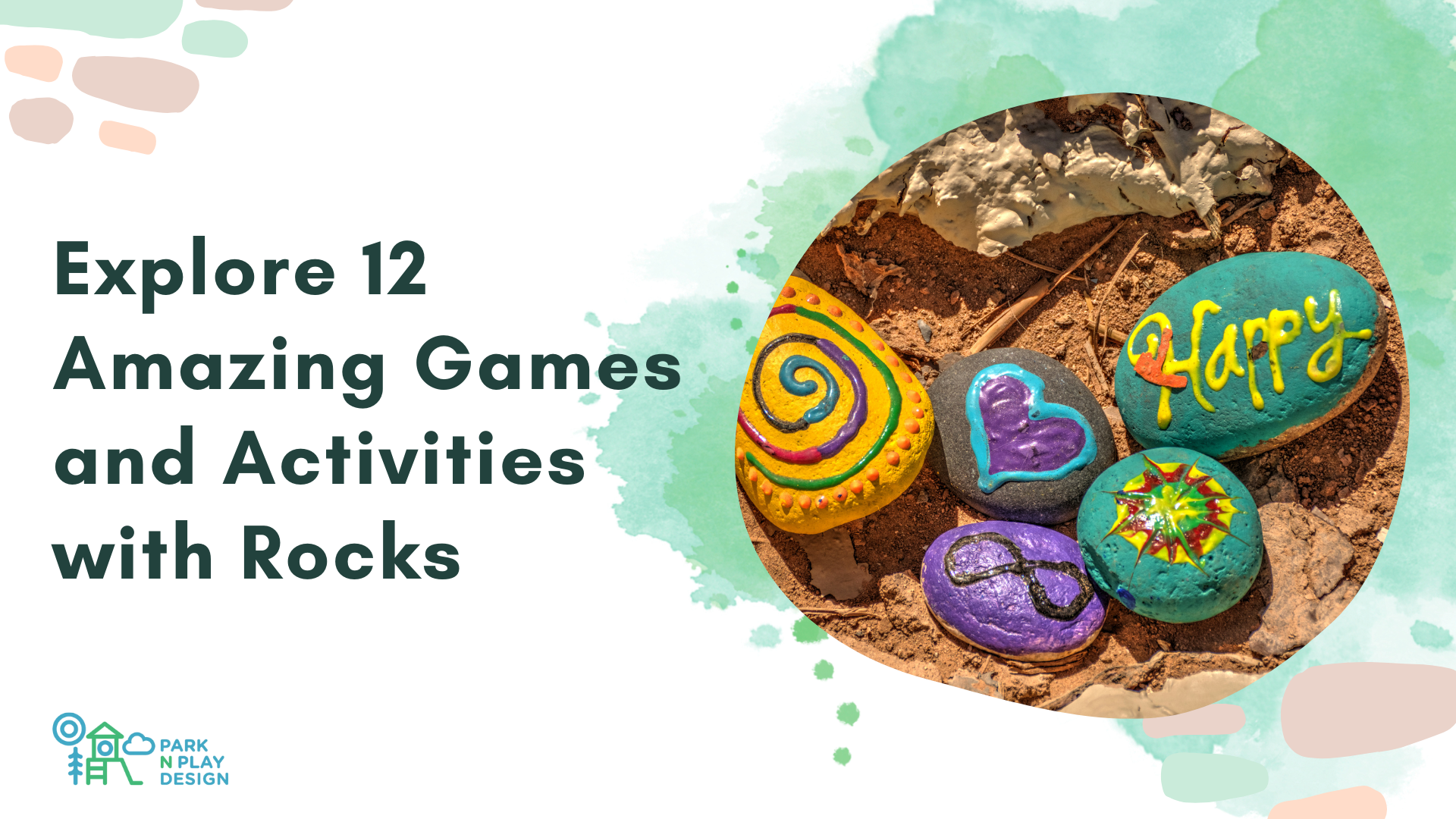10 Ways to Improve Your School Playground
Uncover 10 ways to enhance your school playground, creating a vibrant, inclusive, and fun space that boosts kids' well-being, social skills, and physical activity!


Safe, modern playground equipment is essential for getting kids outside and active. But what do you do when your old playground equipment becomes damaged or even dangerous?
That's when it's time to consider updating your playground. Investing in improvements can breathe new life into your school playground or community park, ensuring it's a fun and safe place for everyone.
This blog will explore ten practical ways to enhance your playground, ensuring it remains a vital part of your community.
Why Do School Playgrounds Matter?

School playgrounds are more than just places for children to play; they are critical for their development. Playgrounds help children develop motor skills, encourage social interaction, and foster creativity.
A well-designed playground can stimulate a child's imagination, provide a venue for learning through play, and promote physical health. Additionally, playgrounds offer a safe environment where children can explore and take risks under supervision, which is crucial for their growth and development.
10 Easy Ways to Improve Your Playground
1. Incorporate Game Markings
Enhancing your playground with permanent game markings promotes structured play and physical activity, encouraging fun and fostering social interaction and cooperation. This cost-effective and easy-to-implement approach benefits any community or school playground.
- Hopscotch: Develops balance and coordination; encourages turn-taking and rule-following.
- Four Square: Enhances hand-eye coordination and teamwork; suitable for various ages.
- Tic-Tac-Toe: Promotes strategic thinking and problem-solving; ideal for recess or free play.
- Other Markings: Add lines for races, targets for throwing games, or custom designs to suit user interests.
2. Zone Your Playground
Organizing your existing playground by creating designated areas for different activities is a smart way to enhance safety and make the most of your space. By zoning your school's playground, you ensure that children can engage in various activities without conflicts, promoting a harmonious and enjoyable environment.
This method also helps manage the playground effectively, allowing for better supervision and maintenance. Here's how you can benefit from designated areas:
- Sports Areas: Allocate specific zones for basketball, soccer, or volleyball. This keeps active games contained and reduces the risk of accidents.
- Free Play Zones: Create open spaces where children can run, play tag, or engage in imaginative play. These areas provide the freedom for kids to explore and create their games.
- Socialization Spots: Set up benches, tables, or shaded areas where children can sit, talk, and relax. These spots encourage social interaction and provide a place for kids to rest between activities.
- Additional Zones: Consider adding areas for specific interests, such as climbing structures, sandboxes, or quiet reading corners. This ensures that there's something for every child to enjoy.
3. Add Natural Elements
Integrating natural elements like trees, flowers, and water features can transform your playground into a more inviting and relaxing space. A natural playground not only enhances the beauty of the play area but also provides educational opportunities as children interact with the environment.
Exposure to nature is known to reduce stress and improve overall well-being. Here's how adding natural elements can make your playground better:
- Planting Trees: Trees provide shade, making the playground more comfortable during hot days. They also serve as habitats for birds and insects, creating a mini-ecosystem for children to explore.
- Adding Flowers: Flower beds and gardens add color and fragrance to the playground, making it more attractive. They also offer a chance for children to learn about different plant species and the importance of biodiversity.
- Incorporating Water Features: Small ponds, fountains, or splash pads can be both fun and soothing. Water elements encourage sensory play and help in cooling down on warm days.
- Creating Green Spaces: Grass lawns and shrubs provide soft areas for children to play and relax. They also improve air quality and contribute to a healthier environment.
By incorporating these natural elements into your play areas, you enhance the appeal and functionality of your school playground equipment. This creates a better play space that supports kids' play and overall well-being.
4. Install Inclusive Equipment
Inclusive playground equipment is essential for creating a welcoming space where children of all abilities can play together. Features like wheelchair-accessible swings and sensory panels promote inclusivity, ensuring every child can participate and fostering a sense of community and empathy.
Here's how you can make your playground more inclusive:
- Wheelchair-Accessible Swings: These allow children in wheelchairs to enjoy swinging alongside their peers. They are designed for safety and ease of use.
- Sensory Panels: Provide interactive elements that engage children's senses with textures, sounds, and visual stimuli, ideal for children with sensory processing needs. This type of sensory play equipment enhances the playground experience for all children.
- Adaptive Play Structures: Include low-rise slides, ramps, and transfer stations to accommodate various abilities, ensuring access and enjoyment for all children. These features are crucial alongside traditional playground equipment to create a balanced play environment.
- Inclusive Play Zones: Designate areas for inclusive play where children of different abilities can interact and play together, promoting socialization and empathy. These zones help encourage kids of all abilities to engage in shared activities.
5. Provide Shaded Areas
Adding shaded areas to your playground protects children from the sun and ensures they can play comfortably, even during hot weather. Trees and shade structures relieve harmful UV rays, create pleasant spots for rest, and encourage younger kids to take breaks during play.
Here's how shaded areas can benefit your playground:
- Planting Trees: Trees offer natural shade, making the playground cooler and more comfortable. They also add beauty to the area and provide a habitat for wildlife.
- Installing Shade Structures: Structures like pergolas, canopies, and umbrellas create designated shaded spots. These are especially useful in areas where planting trees might not be feasible.
- Creating Cool Zones: Designate areas under shade for resting, socializing, and cooling down. This encourages children to take breaks and stay hydrated during play.
- Providing Picnic Areas: Set up shaded picnic tables and benches where children and caregivers can relax, have snacks, and enjoy the playground comfortably.
6. Improve Playground Surfacing
The surface of a playground plays a significant role in keeping kids safe and making the area fun to use. Choosing suitable materials can help prevent injuries, make the playground accessible, and keep it clean and in good condition.
Here are some great options for playground surfacing that are safe, durable, and simple to maintain:
- Rubber Mulch: This material provides a soft, impact-absorbing surface that reduces the risk of injuries from falls. It's durable and easy to maintain, making it a popular playground choice.
- Artificial Grass: Artificial grass offers a natural look while providing a soft and cushioned surface. It's low-maintenance, weather-resistant, and suitable for various types of play.
- Bonded Stone: This surfacing option combines natural stone's aesthetic appeal with the bonded material's safety and durability. It creates a stable and slip-resistant surface that's easy to clean.
- Safety Mats: Install safety mats around high-use areas like swings and slides to provide additional cushioning. These mats are designed to absorb impact and can be easily replaced if worn out.
7. Include Artistic Elements
Incorporating artistic elements into your playground can significantly enrich the play experience by supporting emotional and creative development. Features like chalkboards for drawing or musical instruments such as outdoor xylophones provide children with outlets for creative expression.
These areas also offer quiet spaces for children to unwind and relax. Here's how including artistic elements can enhance your playground:
- Chalkboards: Install large outdoor chalkboards where children can draw, write, and express their creativity. These boards can be easily cleaned and reused, providing endless opportunities for artistic play.
- Musical Instruments: Add outdoor musical instruments like xylophones, drums, or chimes. These elements encourage children to explore sounds and rhythms, promoting musical creativity and coordination.
- Art Stations: Set up designated areas with tables and benches where children can engage in various art activities, such as painting, coloring, or crafting. These stations can also include storage for art supplies.
- Interactive Murals: Create interactive murals that children can add to or modify over time. This could involve elements like magnetic pieces, movable parts, or sections that can be painted over and refreshed regularly.
- Quiet Art Zones: Designate quiet areas for art and music where children can take a break from more active play. These zones can provide a calming environment for reflection and relaxation.
8. Focus on Caregiver Needs
Focusing on caregiver needs in playground design is essential for ensuring safety and enhancing the community aspect. Providing comfortable seating and strategic vantage points allows caregivers to supervise children effectively while enjoying the playground environment.
This thoughtful addition makes the playground experience pleasant for both children and adults. Here's how you can cater to caregiver needs:
- Comfortable Seating: Install benches or seating areas that offer comfort and support. This allows caregivers to relax while supervising their children.
- Shaded Spots: Ensure that seating areas are under shade, either from trees or shade structures. This makes it more comfortable for caregivers to stay for extended periods.
- Strategic Placement: Place seating in locations that offer clear playground views. This ensures caregivers can easily monitor children at play.
- Social Areas: Create seating clusters to encourage social interaction among caregivers. This fosters a sense of community and allows for shared supervision.
- Accessible Seating: Ensure seating is accessible for all, including those with disabilities. Consider benches with backrests and armrests for added comfort.
9. Regular Maintenance and Cleaning
Regular maintenance and cleaning are crucial for ensuring the longevity and safety of playground equipment and maintaining a safe and appealing environment for children and caregivers. A well-maintained playground encourages more frequent use and prolongs the life of the equipment.
Here's how regular maintenance and cleaning can benefit your playground:
- Scheduled Inspections: Set up regular inspection schedules to check for wear and tear, loose bolts, or potential hazards. Early detection of issues can prevent accidents and extend the life of the equipment.
- Routine Cleaning: Establish a cleaning routine to keep the playground free of dirt, debris, and litter. Regularly clean surfaces, benches, and play structures to ensure a hygienic environment.
- Timely Repairs: Address any damages or malfunctions immediately. This includes fixing broken equipment, replacing worn-out parts, and repainting faded surfaces to keep the playground looking new and safe.
- Safety Checks: Conduct frequent safety checks, especially after extreme weather conditions, to ensure all equipment is secure and safe. This includes checking for rust, splinters, or sharp edges.
- Community Involvement: Encourage community involvement in maintaining the playground. Organize clean-up days and involve local volunteers to foster a sense of ownership and pride in the playground.
10. Add Fitness Equipment
Adding fitness equipment to your playground encourages children to engage in physical activities that build strength and endurance, promoting a healthy lifestyle. These additions offer diverse play opportunities that cater to different interests and fitness levels, making the playground more exciting and beneficial.
Here's how fitness equipment can enhance your playground:
- Climbing Walls: Develop strength, coordination, and problem-solving skills with varying difficulty levels to accommodate different age groups and abilities. Climbing also helps improve fine motor skills in younger children.
- Rope Courses: Provide dynamic and challenging play options that enhance balance, agility, and upper body strength, offering a sense of adventure.
- Outdoor Fitness Stations: Set up stations with pull-up bars, balance beams, and monkey bars to encourage strength-building activities.
- Obstacle Courses: Create courses that combine various fitness elements, promoting cardiovascular health and overall fitness while providing a fun challenge.
- Interactive Fitness Elements: Incorporate pedal-powered devices or motion-activated games to excite and motivate children to stay active.
Improve Your School's Play Area With Park N Play Design

A well-designed playground offers numerous benefits, from enhancing physical fitness to fostering social skills and creativity. By implementing these ten improvements, you can create a vibrant, inclusive, and safe play environment that children will love.
Start planning and make these changes to transform your playground into a cherished community space. For more ideas and professional assistance, consider contacting Park N Play Design to improve your school's play area.
FAQs
How can playground behavior be improved?
Establish clear rules and consistent routines to improve playground behavior while encouraging positive social interactions through structured activities and games. Additionally, providing adequate supervision and creating designated play zones can help reduce conflicts and promote a safe, enjoyable environment for all children.
How could I make a playground even more fun?
Make a playground fun by incorporating diverse play equipment, such as climbing walls, water features, interactive musical instruments, and natural elements like trees and gardens. Adding colorful traditional game markings and creative play zones can enhance children's play experiences and stimulate their imaginations.
How do I promote my child's playground?
Promote your child's playground by creating a dedicated social media presence and website to share updates, events, and photos and engage the community. Organizing volunteer groups and hosting community events can also help raise awareness and encourage more visitors.












